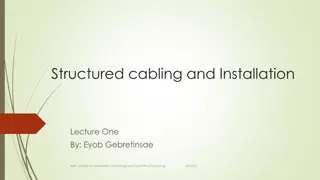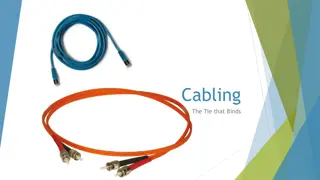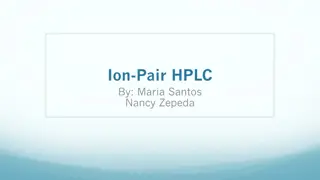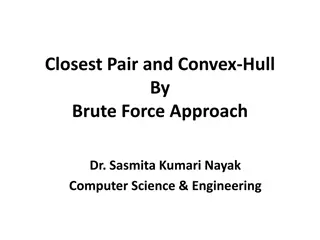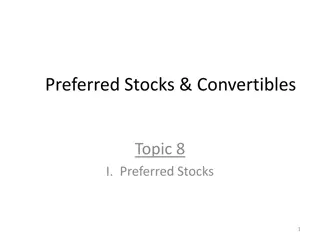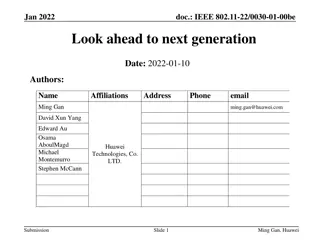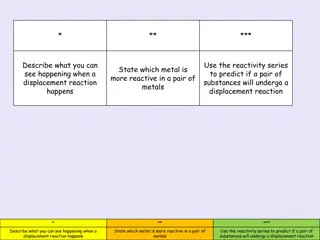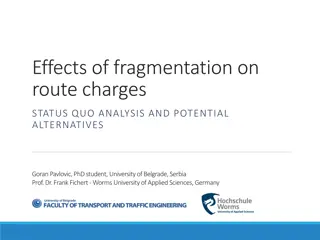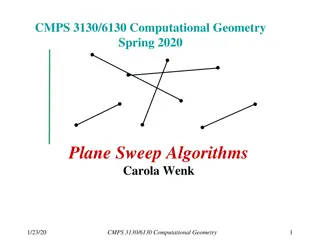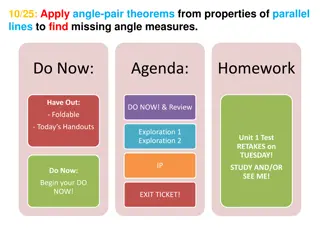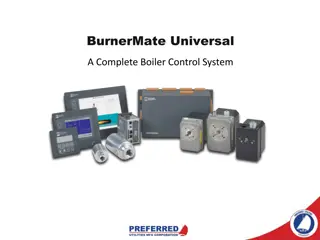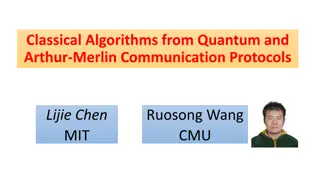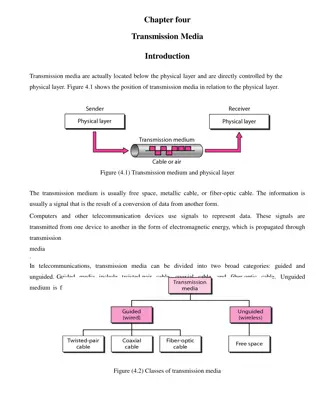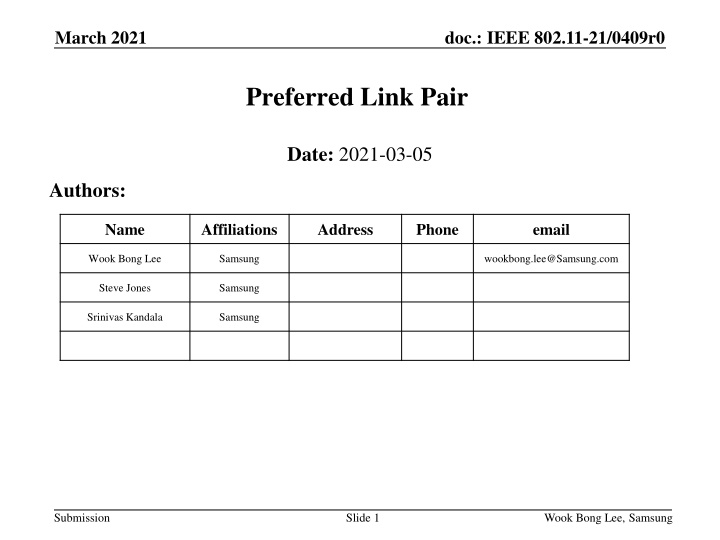
IEEE 802.11-21/0409r0 Preferred Link Pair Proposal
In this contribution, a preferred link pair proposal is put forth to enhance STR operation in IEEE 802.11-21/0409r0. The document delves into the necessary isolation levels, transmitter and receiver noise considerations, and self-interference rejection techniques to optimize wireless communication performance.
Download Presentation

Please find below an Image/Link to download the presentation.
The content on the website is provided AS IS for your information and personal use only. It may not be sold, licensed, or shared on other websites without obtaining consent from the author. If you encounter any issues during the download, it is possible that the publisher has removed the file from their server.
You are allowed to download the files provided on this website for personal or commercial use, subject to the condition that they are used lawfully. All files are the property of their respective owners.
The content on the website is provided AS IS for your information and personal use only. It may not be sold, licensed, or shared on other websites without obtaining consent from the author.
E N D
Presentation Transcript
March 2021 doc.: IEEE 802.11-21/0409r0 Preferred Link Pair Date: 2021-03-05 Authors: Name Affiliations Address Phone email Wook Bong Lee Samsung wookbong.lee@Samsung.com Steve Jones Samsung Srinivas Kandala Samsung Submission Slide 1 Wook Bong Lee, Samsung
March 2021 doc.: IEEE 802.11-21/0409r0 Introduction In this contribution, we propose a preferred link pair to enable better STR operation Submission Slide 2 Wook Bong Lee, Samsung
March 2021 doc.: IEEE 802.11-21/0409r0 How much isolation do we need? (1/2) Transmitter Noise We assume that the transmit and receive channels will be spaced apart such that the OOB modulation noise from the transmit is below the thermal noise of the transmit chain at full power. Let us take this to be 5x channels offset. At this point, a well-designed 802.11 transmit chain should generate less than -55dBm/MHz of noise at max transmit power, which is +59dB above thermal noise at room temp. Receiver Noise Floor 802.11 minimum receiver sensitivity requirements can be met with a receiver NF of 15dB using modern modem technology. A receiver NF of 15dB equates to -99dBm/MHz noise floor at room temp. Most implementations have an equivalent receiver NF of around 3dB to 5dB. Submission Slide 3 Wook Bong Lee, Samsung
March 2021 doc.: IEEE 802.11-21/0409r0 How much isolation do we need? (2/2) Isolation Estimate We need to leave some margin for receiver blocking effects from the transmit signal (see next bullet). If we divide up desensitization from receiver blocking and transmit noise equally, then the maximum allowable noise at the receiver input will be (-99dBm) (3dB) = -102dBm/MHz, which gives an equivalent receiver NF of 12dB. So the isolation needed is (-55dBm/MHz) (-102dBm/MHz) = 47dB. Receiver Blocking The desensitization in the receiver sensitivity in the presence of the -31dBm blocker, must equate to an receiver NF of <12dB. For a typical implementation of receiver NF in the range 3-5dB, this gives 7-9dB of allowable desensitization due to receiver blocking. Effect of isolation Taking receiver NF < 12dB for transmit noise and receiver NF from transmit signal to <12dB, gives a total of <15dB, which should allow the modem to demodulate at the minimum receiver sensitivity levels specified in 802.11. Submission Slide 4 Wook Bong Lee, Samsung
March 2021 doc.: IEEE 802.11-21/0409r0 Self Interference Rejection Techniques There are lots of self-interference rejection schemes were developed and studied under the full-duplex system Three categories [1] Wireless-propagation domain techniques More 30 dB isolation with on-air antenna isolation is possible, but this will reduce the number of spatial streams per link. Digital-domain techniques Bit width of ADC should be increased Analog-circuit-domain techniques, e.g. circulator Circulator can be a bit bulky for mobile phone Submission Slide 5 Wook Bong Lee, Samsung
March 2021 doc.: IEEE 802.11-21/0409r0 Preferred Option (1/2) Define four bands We can consider filter banks with four bands, i.e. 5L (lower 5 GHz band), 5U (upper 5 GHz band), 6L (lower 6 GHz band), and 6U (upper 6 GHz band). Disallowing multilink channel selection in adjacent bands To achieve the level of isolation required with a practical filter/duplex implementation, we will need to forbid the use of adjacent bands. An additional benefit of this is that the passbands of each sub-band filter can be made to overlap slightly with the adjacent bands, which ensures that we don t lose performance on any of the channels that occur at the top and bottom of the sub-bands. Although the submission has focused on STR, as this is the most demanding case, the isolation levels estimated here will be sufficient for STT operation as well. For this mode, it is important to consider isolation for reducing inter and cross- modulation effects from the two transmit paths, which can degrade spectral mask and EVM. Submission Slide 6 Wook Bong Lee, Samsung
March 2021 doc.: IEEE 802.11-21/0409r0 Preferred Option (2/2) Allowed band pairs are 5L + 6L, 5L + 6U, and 5U + 6U One example implementation choice for 5L + 6L For each antenna, two transmit and two receive chains are connected to filters for 5L and 6L. High band and low band can be combined onto the antenna via a high- pass/low-pass diplexer. Other arrangements of filters/diplexers and switches can be used which does not fundamentally change the combinations of channels/bands that can be supported concurrently. Submission Slide 7 Wook Bong Lee, Samsung
March 2021 doc.: IEEE 802.11-21/0409r0 Proposal Define preferred link pair One link using a channel in 5L and the other using a channel in 6L One link using a channel in 5L and the other using a channel in 6U One link using a channel in 5U and the other using a channel in 6U One link using a channel in 2.4 GHz and the other using a channel in one of 5L, 5U, 6L, and 6U Where 5L: U-NII-1 and U-NII-2A (from 5170 MHz to 5330 MHz) 5U: U-NII-2C, U-NII-3 and U-NII-4 (from 5470 MHz to 5895 MHz) 6L: U-NII-5 (5945 MHz to 6425 MHz) 6U: U-NII-6 to U-NII-8 (6425 MHz to 7125 MHz) Submission Slide 8 Wook Bong Lee, Samsung
March 2021 doc.: IEEE 802.11-21/0409r0 SP #1 Do you support to define preferred link pair as follows? Preferred link pair One link using a channel in 5L and the other using a channel in 6L One link using a channel in 5L and the other using a channel in 6U One link using a channel in 5U and the other using a channel in 6U One link using a channel in 2.4 GHz and the other using a channel in one of 5L, 5U, 6L, and 6U Where 5L: U-NII-1 and U-NII-2A (from 5170 MHz to 5330 MHz) 5U: U-NII-2C, U-NII-3 and U-NII-4 (from 5470 MHz to 5895 MHz) 6L: U-NII-5 (5945 MHz to 6425 MHz) 6U: U-NII-6 to U-NII-8 (6425 MHz to 7125 MHz) Y/N/A Submission Slide 9 Wook Bong Lee, Samsung
March 2021 doc.: IEEE 802.11-21/0409r0 Reference [1] A. Sabharwal et al., In-Band Full-Duplex Wireless: Challenges and Opportunities, IEEE Journal On Selected Areas In Communications, vol. 32, no. 9, Sept. 2014 Submission Slide 10 Wook Bong Lee, Samsung




